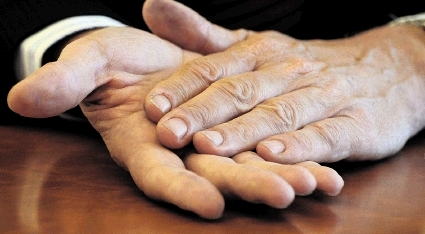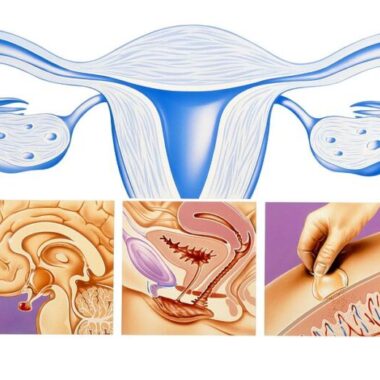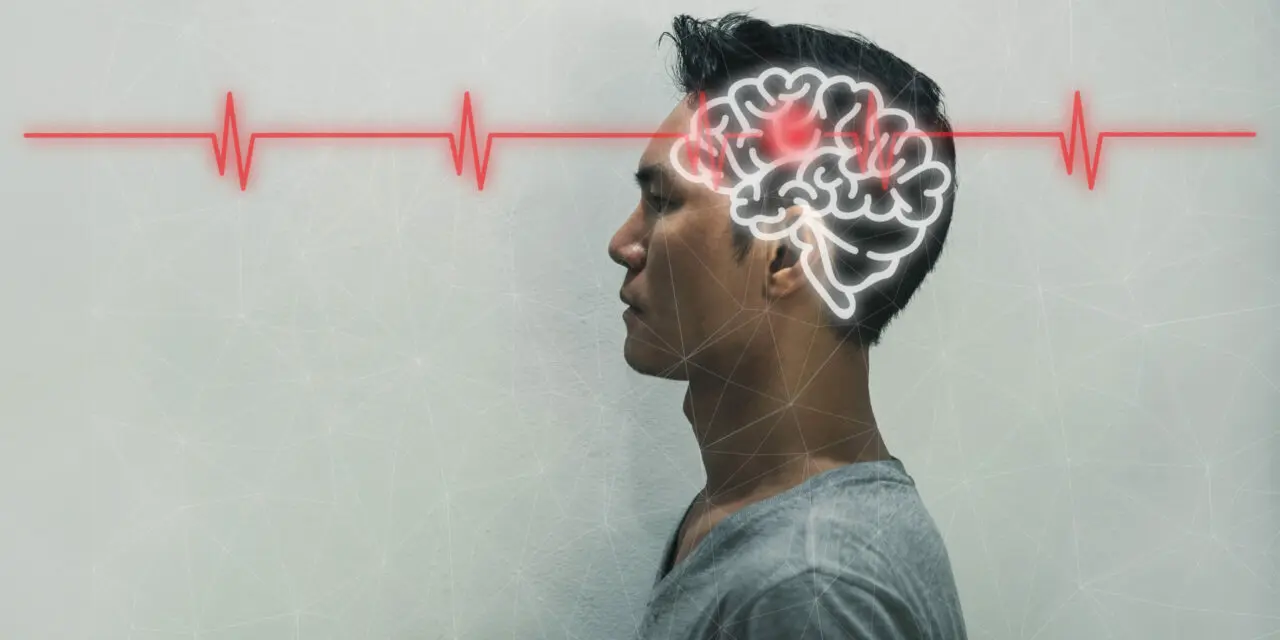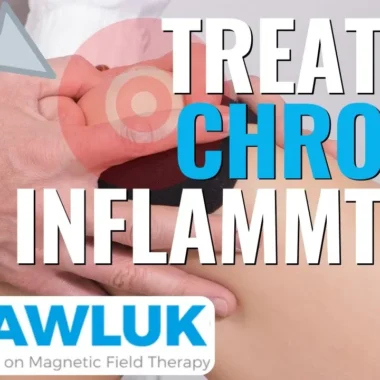Can PEMF Therapy Help Neuropathy?
Table of Contents
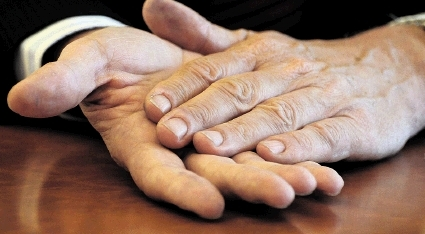
When the nerves outside the brain and spinal cord (peripheral nerves) are damaged peripheral neuropathy can result. This condition can create weakness, numbness and pain throughout the body, most often in the hands and feet. Peripheral neuropathy can impact daily life in frustrating ways, and damage to these nerves can worsen if not treated promptly. PEMF therapy can help reduce the symptoms of neuropathy in a safe, convenient, cost-effective way.
RECOGNIZING NEUROPATHY
Your peripheral nervous system sends messages in the form of sensory input to your central nervous system, as well as sending information from your brain and central nervous system (spinal cord) to the rest of your body. When these nerves are damaged, pain signals are sent out to alert you that something isn’t right.
Peripheral neuropathy isn’t caused by one single condition. Diabetes is one of the most common causes of neuropathy, but other underlying issues can include traumatic injury, autoimmune disease, genetic disorders, infections, tumors, bone marrow disorders, nutrient deficiencies, and toxin exposure.
Symptoms vary, depending on the underlying condition causing the neuropathy, but often include stabbing, burning or tingling sensations. Your peripheral nervous system is made up of a variety of nerves with specific functions, so the pain will vary depending on the type of nerve impacted.
FEELING PAIN
Sensory nerves receive sensory input from the skin – temperature, touch, and pain, for example. Motor nerves control movement of muscles, and autonomic nerves control other body functions, such as bladder, digestion, heart rate and blood pressure.
In addition to sharp, stabbing, or throbbing pain, symptoms of neuropathy can include: gradual numbness or burning feeling or tingling in hands and feet that can spread to arms and legs; extreme sensitivity to being touched; coordination difficulties; pain during normal activities (like standing up); weak muscles; a sensation of having gloves or socks on when you don’t; paralysis; intolerance to heat; bladder, bowel, or digestive issues; irregular sweating; dizziness due to changes in blood pressure.
Neuropathy can affect one nerve or several nerves at the same time. Most frequently, many nerves are impacted with peripheral neuropathy.
Whatever the underlying cause, neuropathy is painful and can disrupt daily life, but there are treatments available to relieve these symptoms – including PEMF therapy. While conventional treatment often includes medication for pain, PEMF therapy can yield the same results with none of the side effects and no danger of addiction.
THE IMPACT OF CHRONIC PAIN
Neuropathy often results in chronic pain, making regular daily activities like walking difficult. The constant barrage of pain signals sent out by these damaged nerves can ultimately change your brain’s perception of pain. That means that even if the damage heals, the pain sensations may still be present.
Recent brain research using imaging tools has revealed new information on pain perception. When acute pain from an injury diminishes, the memory of the pain also disappears from your limbic system, the place where emotions live. Constant or severe pain, on the other hand, makes these emotional reactions stronger, until you end up in a state of emotional suffering.
When this shift goes on for too long, sensitivity in your brain and spinal cord increases, and minor pain signals can be perceived as far more intense than the problem indicates.
Chronic pain impacts nearly one-fifth of people in the United States who are aged fifteen or older. More American adults are living with chronic pain than those affected by heart disease, diabetes, and cancer combined. Because nerve damage can result from so many different underlying conditions, neuropathy could very well be behind many cases of chronic pain.
CHRONIC PAIN CONSEQUENCS
Chronic pain often makes daily tasks difficult to perform, and impacts work attendance as well as participation in recreational activities. This pain can increase anxiety and depression, cause extreme emotional distress, and if one of the main reasons people seek help from their doctors.
There’s also a risk of a shorter life when living with chronic pain. This is especially true when highly addictive opioid painkillers are used to treat the pain. The opioid crisis in the US is a good demonstration of just how many people suffer from chronic pain.
Because traditional treatments don’t address the brain states that lead to emotional distress, depression and personality changes, they don’t help what I call the “chronic pain brain.” Medications often make the problem worse because of the way your brain responds to them, and the risk of addiction. PEMFs target the cortical-limbic brain in a safe, effective way to control chronic pain.
HOW PEMF THERAPY IMPACTS PAIN
Conventional treatments for pain most often involve medication, surgical procedures or physical therapy. These treatments are costly, risky, and often don’t address underlying problems, meaning they may not be effective in alleviating the pain. It’s difficult to get conventional physicians to consider more mainstream alternative treatments like acupuncture, massage and chiropractic care. It’s nearly impossible to get them to look at PEMF therapy – but they should!
Moreover, it’s all too easy for a specialist to develop “tunnel vision” when presented with a problem. Often, they have one approach that is used for every problem – and if you end up at the wrong specialist, you may end up with the wrong treatment!
Patients who discover PEMF therapy often do so at the end of a long, painful search for answers. They’ve tried the traditional medical management approach and finally do their own research on alternative methods of treatment. All too often, patients aren’t informed that their condition will require a lifetime of management – so they expect the treatment to solve the problem and end up bitterly disappointed when it doesn’t.
DEALING WITH PAIN
It’s only through dealing with the underlying cause of the pain (in the case of neuropathy, both nerve damage and emotional distress) that the problem can truly be resolved.
PEMF therapy often offers relief to patients who have tried other methods to no avail. That’s because PEMF therapy works on the source of the pain – which may not be the location of the pain.
With PEMF therapy, low frequency pulses of electromagnetic stimulation applied where the pain begins stimulates natural repair processes to heal damaged tissues by activating energy at the cellular level. PEMF therapy calms the nerves and aids in recovery from injury and inflammation.
Inflammation is critical to the healing process, protecting the injury site as it heals. But if your body over-reacts, inflammation may linger too long. The tissue swelling (edema) that results needs to be diminished in order to reduce pain.
CASE STUDIES
A number of double-blind clinical studies have shown that PEMFs reduce pain by changing the tissue at the source of pain in chronic wound repair, acute ankle sprains and whiplash injuries. Similar studies have also been conducted around neck pain and back pain.
Studies have also found that using PEMFs every day for at least 12 minutes improved pain, paresthesias and vibration sensation, and increased muscular strength in diabetic neuropathy in 85% of patients compared to controls.
Treatment to the brain is another way PEMF therapy can aid in reducing pain from neuropathy. Animal studies have shown that PEMFs reduce the pain receptors in the brain, altering the perception of chronic pain. Some research has determined that the relief felt after PEMF therapy is equivalent to the relief from 10 mg of morphine – without the danger of addiction.
PEMF therapy helps regulate brain function, calming down overactive functioning through repair of tissue and entrainment (adjusting brain frequency function).
USING PEMF THERAPY TO HELP NEUROPATHY
PEMF therapy is easy to apply to different areas of the body, depending on where your pain begins. It’s important to understand the source of your pain (where the damage is) since this can be very different than where you actually feel the pain, due to the nerve signals that are sent to your brain.
A combination approach that also treats the brain or along the spine is often most effective, since it addresses both the source of the pain and the pain signals being sent. That’s why I often recommend stronger PEMF systems that allow for whole-body and local treatments simultaneously.
In some cases, patients find total pain relief after just a few treatments. Most people experience relief from pain between 8 and 12 hours after treatment. This is longer than most pain medications, especially if you’ve been using those medications for a long time, developing a tolerance that requires a higher dosage to find the same relief. With PEMF therapy, that won’t happen.
PEMF treatments should continue at least until the pain is effectively managed. Ideally, treatment will continue even after the pain subsides, to be sure the underlying cause is fully addressed. Because neuropathy results from many chronic conditions, PEMFs are a good long term therapeutic solution to aid in the management of these conditions.
FIND LONG TERM RELIEF WITH PEMF THERAPY
Used consistently over extended periods of time, PEMF therapy can achieve high levels of pain reduction that make daily life more enjoyable, without any of the complications of traditional treatments.
PEMF therapy is a safe alternative to medications, which often come with a host of dangerous side effects, including high risk of addiction. These medications are intended for short-term use, while PEMF therapy is a sustainable, long-term solution, especially if you invest in a unit for home use.
Owning your own PEMF device allows for long term treatment to address chronic conditions. And since the unit can be used my multiple family members, future injuries and conditions can also be treated, making a home system an even better investment! If you’ve been living with pain from neuropathy, now is the time to discover what PEMF therapy can do for you!
Because there is no “one-size-fits-all” approach to PEMF therapy, you may need assistance in selecting the best unit for your specific needs. Contact us for help in choosing the right device.
